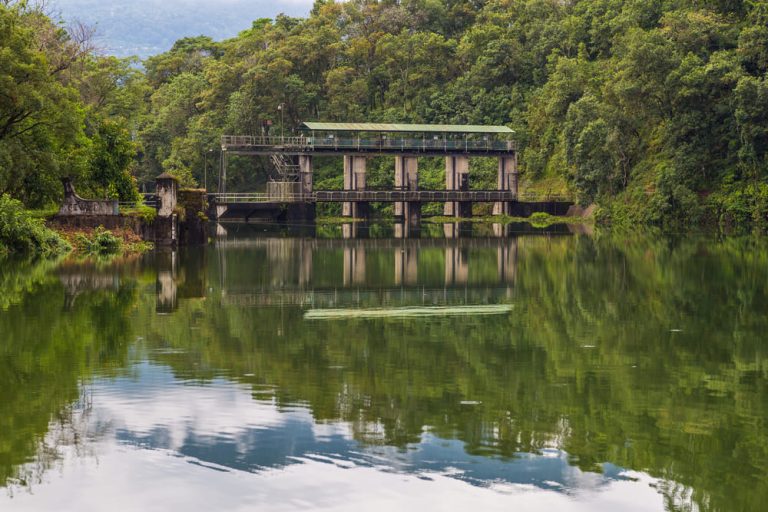India and Nepal have agreed to speed up discussions on three major hydroelectric projects that have been delayed for years. These projects include the Pancheshwar Multipurpose Project, Saptakoshi High Dam Multipurpose Project, and Sunkoshi Storage cum Diversion Scheme. The decision was made after a meeting of the power exchange committee in New Delhi earlier this week.
The Kathmandu Post reported that both countries will focus on resolving key issues, including flood control, irrigation, and project implementation. Sandip Dev, Joint Secretary at Nepal’s Ministry of Energy, confirmed that both nations have agreed to hold the sixth meeting of the Joint Expert Group (JEG). This meeting will aim to finalize the detailed project report (DPR) of the Pancheshwar Multipurpose Project, a crucial part of the Mahakali Treaty signed in 1996.
Hydroelectric Projects Face Delays
Hydroelectricity is a key area of cooperation between India and Nepal. However, several challenges have slowed down progress. The Saptakoshi High Dam Multipurpose Project, which was designed to generate electricity and control floods, has been a point of dispute. Nepal has raised concerns about its impact on local communities and potential flooding risks. In 2023, India and Nepal agreed to lower the height of the dam to address these concerns.
The Pancheshwar Multipurpose Project, the largest joint venture under the Mahakali Treaty, aims to generate power and improve irrigation. However, disagreements over water sharing, funding, and project implementation have caused delays. Nepal and India are now making efforts to finalize its design and move forward with construction.
The Sunkoshi Storage cum Diversion Scheme is another major project that seeks to regulate water flow and generate hydropower. Like the other projects, it has faced legal, environmental, and financial challenges.
Nepal-India Energy Cooperation Strengthens
Both governments have been working closely to resolve disputes and push forward energy projects. Nepal’s Energy and Water Resources Minister, Deepak Khadka, recently visited India to participate in India Energy Week, organized by the Indian government. During his visit, he met with Indian officials to discuss ways to enhance bilateral energy cooperation.
In November 2024, during a high-level meeting in India, both nations agreed to fast-track hydropower projects. They also committed to increasing collaboration in energy, water resources, and infrastructure development. This agreement highlights the growing importance of energy partnerships between the two neighboring countries.
Nepal to Speed Up Land Acquisition for Arun-3 Project
In addition to discussions on stalled projects, Nepal has pledged to accelerate land acquisition for the Arun-3 Hydroelectric Project, which is being developed by an Indian company. Nabin Raj Singh, Director General of Nepal’s Department of Electricity Development, stated that Nepal is committed to resolving all pending issues related to this project.
The Arun-3 project, located in eastern Nepal, is a 900 MW hydroelectric project that has faced delays due to land disputes and regulatory hurdles. It is expected to be a significant contributor to Nepal’s energy exports to India.
Future Prospects
India and Nepal’s commitment to hydropower cooperation is seen as a positive step for the region. Both countries have agreed to streamline regulatory approvals, address environmental concerns, and ensure that projects benefit both nations. If successfully implemented, these hydroelectric projects could provide clean energy, improve irrigation, and reduce the risk of floods.
As Nepal continues to develop its hydropower potential, cooperation with India will play a crucial role in ensuring energy security and economic growth. The upcoming Joint Expert Group meeting is expected to set a clear roadmap for moving these projects forward.
For more updates on Indo-Nepal energy partnerships, visit Nepal Monitor.


